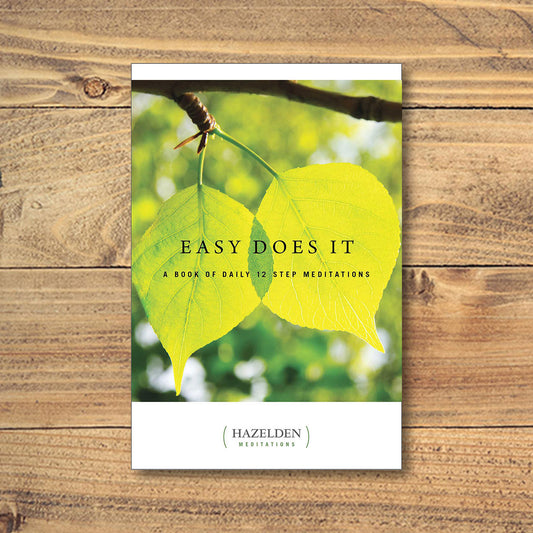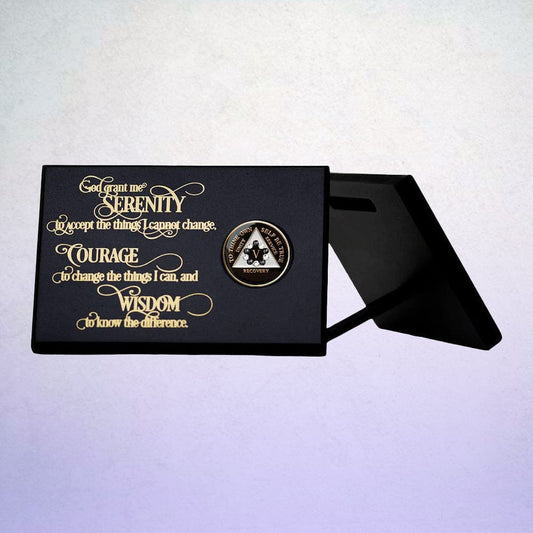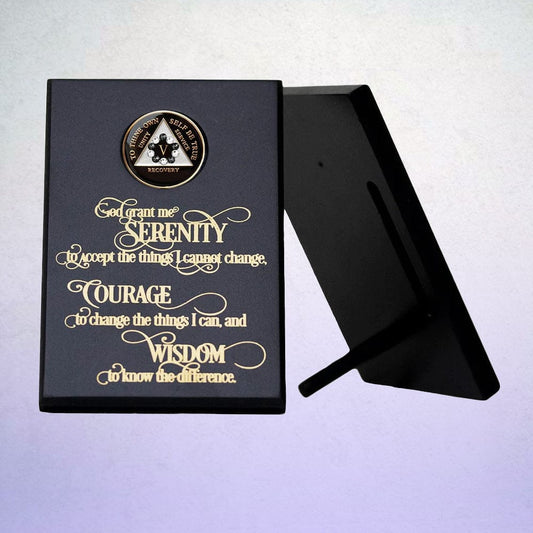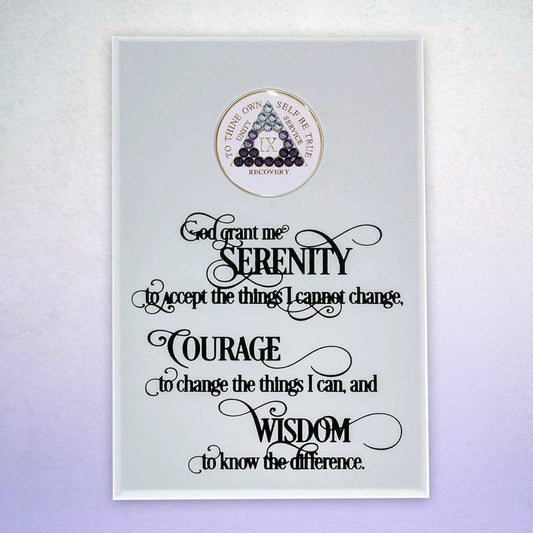
The History Of The Serenity Prayer
Share

As found on the backs of sobriety chips, The Serenity Prayer, the most popular of the prayers now used to open or to close a meeting of Alcoholics Anonymous, was written by an American theologian, Reinhold Niebuhr, in about 1932-33. This is the form used in Alcoholics Anonymous:
God, grant me the serenity
To accept the things I cannot change,
Courage to change the things I can,
And the wisdom to know the difference.
Reverend Niebuhr is believed to have written the original version of the Serenity Prayer, which reportedly shows up in sermons at Heath Evangelical Church in Heath, Massachusetts throughout the 1930’s, where it caught the ear of church goers. Because of its resonance, it quickly became popular with them.
The prayer seems to have gone through many changes in wording in its early days of circulation. One source suggests the prayer originally asked for courage first, as in “Father, give us courage to change what must be altered,” without commenting on acceptance (Wiki). Published in A Book of Prayers and Services for the Armed Forces in 1931, its phrasing was, “O God and Heavenly Father/Grant to us the serenity of mind to accept that which cannot be changed,/Courage to change that which can be changed, and wisdom to know the one from the other/through Jesus Christ our Lord, Amen.”
In a slightly abbreviated form, one close to the way it’s now repeated in AA, the prayer made its way into an obituary in the New York Herald newspaper in 1942, where AA member Jack S. read and liked it. He brought the prayer to the attention of Bill W., who reportedly later said, “Never had we seen so much AA in so few words.” Members at the General Service Office agreed to mail out 500 separately printed copies of the Serenity Prayer donated by Jack S. to AA groups nation-wide in late 1942.
From there, it caught on like wildfire in AA groups, where it took its place alongside the traditional Lord’s Prayer and the Prayer of St. Francis, both cited in the Big Book. Its popular appeal quickly made it a favorite, perhaps in part because of its powerfully calming impact and its secular appeal. The Grapevine published the Serenity Prayer as it is now known in AA in 1951.
Genuine Precursors
There are several genuine precursors to the Serenity Prayer in religious history. The idea that we should carefully consider what is actually under our own domain to change or control is found in the early Greek philosopher Epictetus, who advises: “Make the best use of what is in your power, and take the rest as it happens. Some things are up to us and some things are not up to us. Our opinions are up to us, and our impulses, desires, aversions—in short whatever is our own doing. Our bodies are not up to us, nor are our possessions, our reputations, or our public offices” (Wiki). Precursors are also traced to an 8th century Buddhist scholar, a 12th century Jewish philosopher, and Mother Goose, which is juxtaposed by 20th century philosopher WW Bartley with Neibuhr’s prayer without further comment:
For every ailment under the sun
There is a remedy, or there is none;
If there be one, try to find it;
If there be none, never mind it.
Although the ideas embraced in the Serenity Prayer are popular and it is quoted regularly in AA meetings, emblazoned on tokens, and familiar to many, it is not easy to apply to day-to-day living. The unqualified acceptance of things as they are, and the knowledge that nothing very much can be done to change anything outside of our own attitudes and beliefs, is humbling, to say the least. But that, of course, is why it remains as the most popular of AA’s prayers. “God, Grant us the Serenity…”
References
Kaplan, Justin (ed.) “Reinhold Niebuhr (1898-1971).” Bartlett’s Familiar Quotations. 17th ed. P. 735. 2002.
“The Origin of Our Serenity Prayer.” AAhistory.com. Retrieved 2021.
“Serenity Prayer.” Wikipedia. Retrieved 2021.
“The Serenity Prayer.” The Grapevine: The International Journal of Alcoholics Anonymous. January, 1950.
Shapiro, Fred R. “Who Wrote the Serenity Prayer,” Chronicle of Higher Education. April 28, 2014
Public Domain image of Reinhold Niebuhr, Flickr








